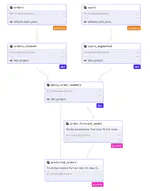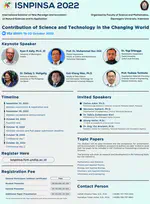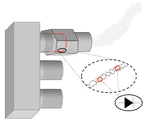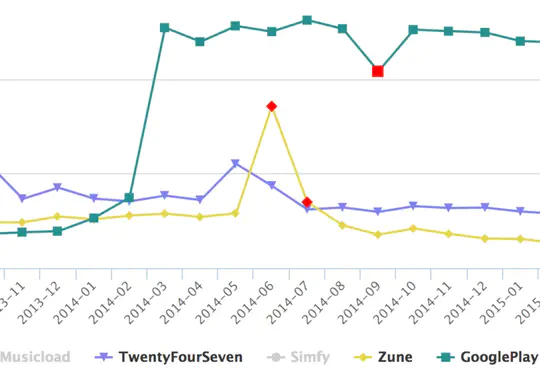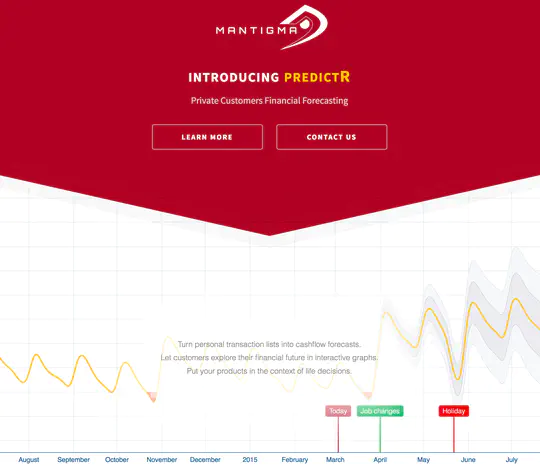Georg Heiler
Researcher & data scientist
Complexity Science Hub
TU Wien
Magenta
Vienna Data Science Group
Biography
Researcher at TU Wien & Complexity Science Hub Vienna and Senior Data Scientist at Magenta Austria. Personally, I prefer the title Senior Software Engineer with a Specialization in Data.
Georg Heiler lives for insights: A lot of people think that the semantics behind data matters as it is only relevant in the proper context. Deriving the correct context when analyzing data can be challenging in very noisy datasets such as HFC telemetry or mobility analytics data.
Georg’s interests are in working with large-scale spatio-temporal graph data. He considers an end-to-end view of the data pipelines and holistic data architecture. As an experienced data scientist in the industry, he has delivered use cases concerning fraud detection, mobility analytics and predictive maintenance in cable networks. As part of his doctoral studies, he researched inferring supply networks and analyzed the impact on society of government interventions due to the COVID-19 pandemic using mobility data. As a lecturer on data science and big data, he shares his enthusiasm for data with up-and-coming data talents. He is a speaker and organizer at meetups to develop the data science community.
Personal insights about Georg: he loves rowing and hiking in the mountains.
- Geo-spatial analytics
- Time series
- Network analytics
- Large and fast data
Dr. techn. Informatics, 2023
TU Wien
MSc in Business Informatics, 2018
TU Wien
BSc in Business Informatics, 2015
TU Wien
Featured Publications
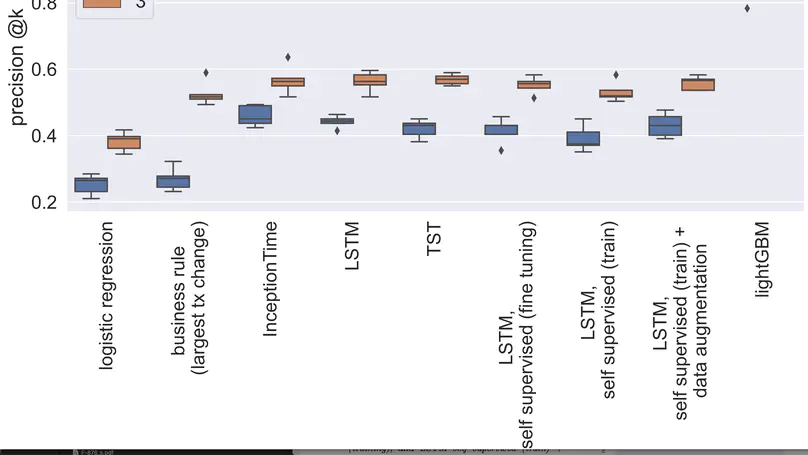
Good quality network connectivity is ever more important. For hybrid fiber coaxial (HFC) networks, searching for upstream high noise in the past was cumbersome and time-consuming. Even with machine learning due to the heterogeneity of the network and its topological structure, the task remains challenging. We present the automation of a simple business rule (largest change of a specific value) and compare its performance with state-of-the-art machine-learning methods and conclude that the precision@1 can be improved by 2.3 times. As it is best when a fault does not occur in the first place, we secondly evaluate multiple approaches to forecast network faults, which would allow performing predictive maintenance on the network.

Remarkably little is known about the structure, formation, and dynamics of supply- and production networks that form one foundation of society. Neither the resilience of these networks is known, nor do we have ways to systematically monitor their ongoing change. Systemic risk contributions of individual companies were hitherto not quantifiable since data on supply networks on the firm-level do not exist with the exception of a very few countries. Here we use telecommunication meta data to reconstruct nationwide firm-level supply networks in almost real-time. We find the probability of observing a supply-link, given the existence of a strong communication-link between two companies, to be about 90%. The so reconstructed supply networks allow us to reliably quantify the systemic risk of individual companies and thus obtain an estimate for a country’s economic resilience. We identify about 65 companies, from a broad range of company sizes and from 22 different industry sectors, that could potentially cause massive damages. The method can be used for objectively monitoring change in production processes which might become essential during the green transition.
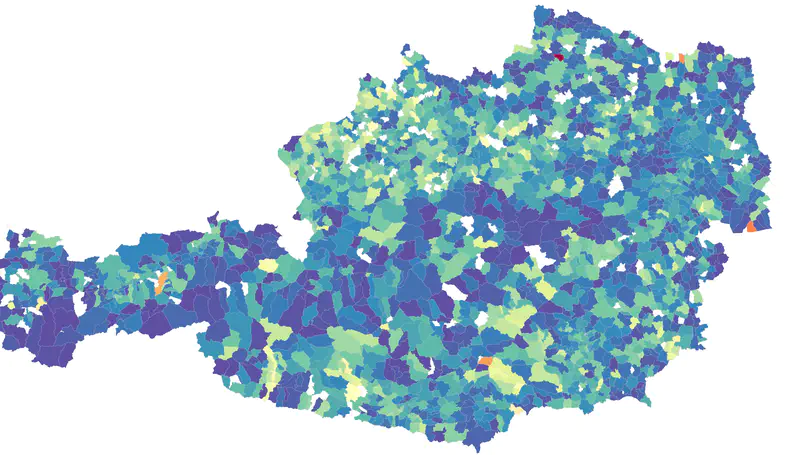
In March 2020, the Austrian government introduced a widespread lock-down in response to the COVID-19 pandemic. Based on subjective impressions and anecdotal evidence, Austrian public and private life came to a sudden halt. Here we assess the effect of the lock-down quantitatively for all regions in Austria and present an analysis of daily changes of human mobility throughout Austria using near-real-time anonymized mobile phone data. We describe an efficient data aggregation pipeline and analyze the mobility by quantifying mobile-phone traffic at specific point of interest (POI), analyzing individual trajectories and investigating the cluster structure of the origin-destination graph. We found a reduction of commuters at Viennese metro stations of over 80% and the number of devices with a radius of gyration of less than 500 m almost doubled. The results of studying crowd-movement behavior highlight considerable changes in the structure of mobility networks, revealed by a higher modularity and an increase from 12 to 20 detected communities. We demonstrate the relevance of mobility data for epidemiological studies by showing a significant correlation of the outflow from the town of Ischgl (an early COVID-19 hotspot) and the reported COVID-19 cases with an 8-day time lag. This research indicates that mobile phone usage data permits the moment-by-moment quantification of mobility behavior for a whole country. We emphasize the need to improve the availability of such data in anonymized form to empower rapid response to combat COVID-19 and future pandemics.
Recent Posts
Recent & Upcoming Talks
Projects
http://predictr.eu/.https://viennadatasciencegroup.at/.Recent Publications
Contact
- heiler@csh.ac.at
- Josefstädter Str. 39, Vienna, 1080
- Book an appointment
- DM Me




